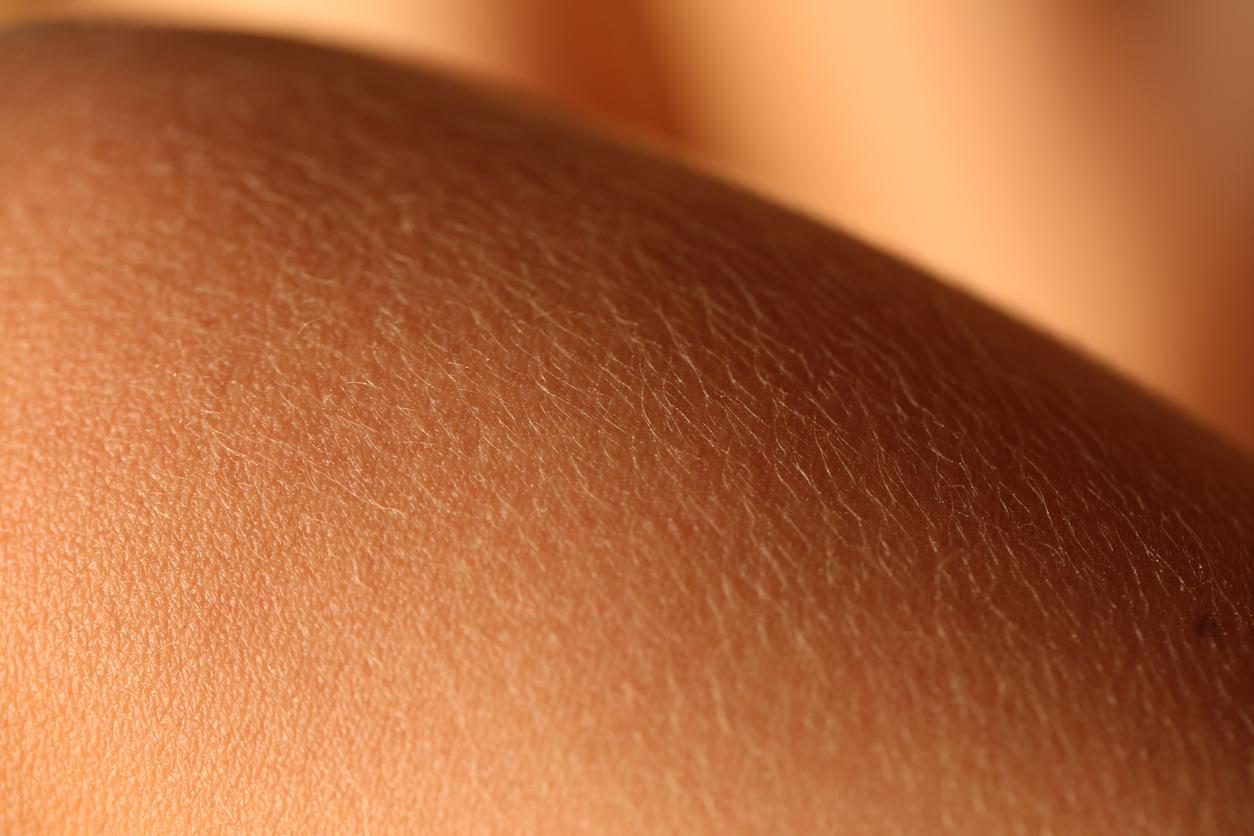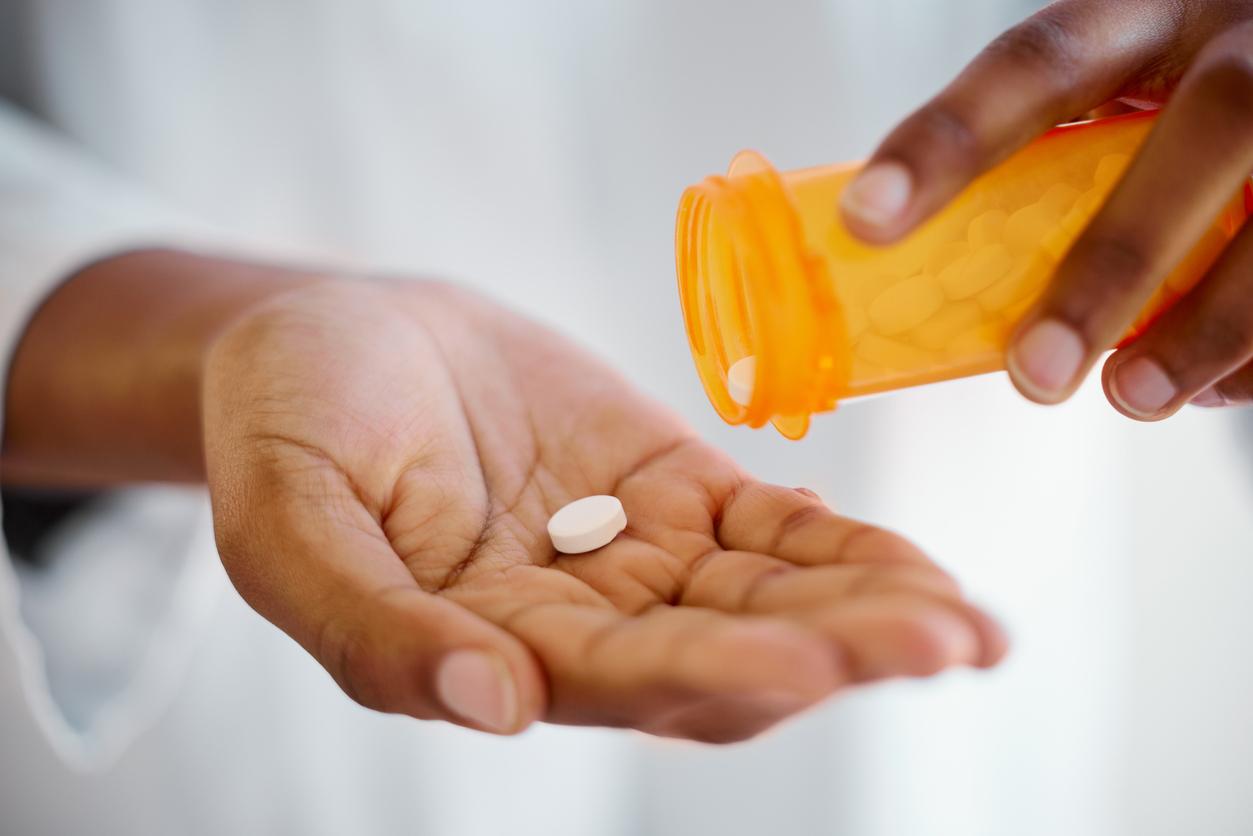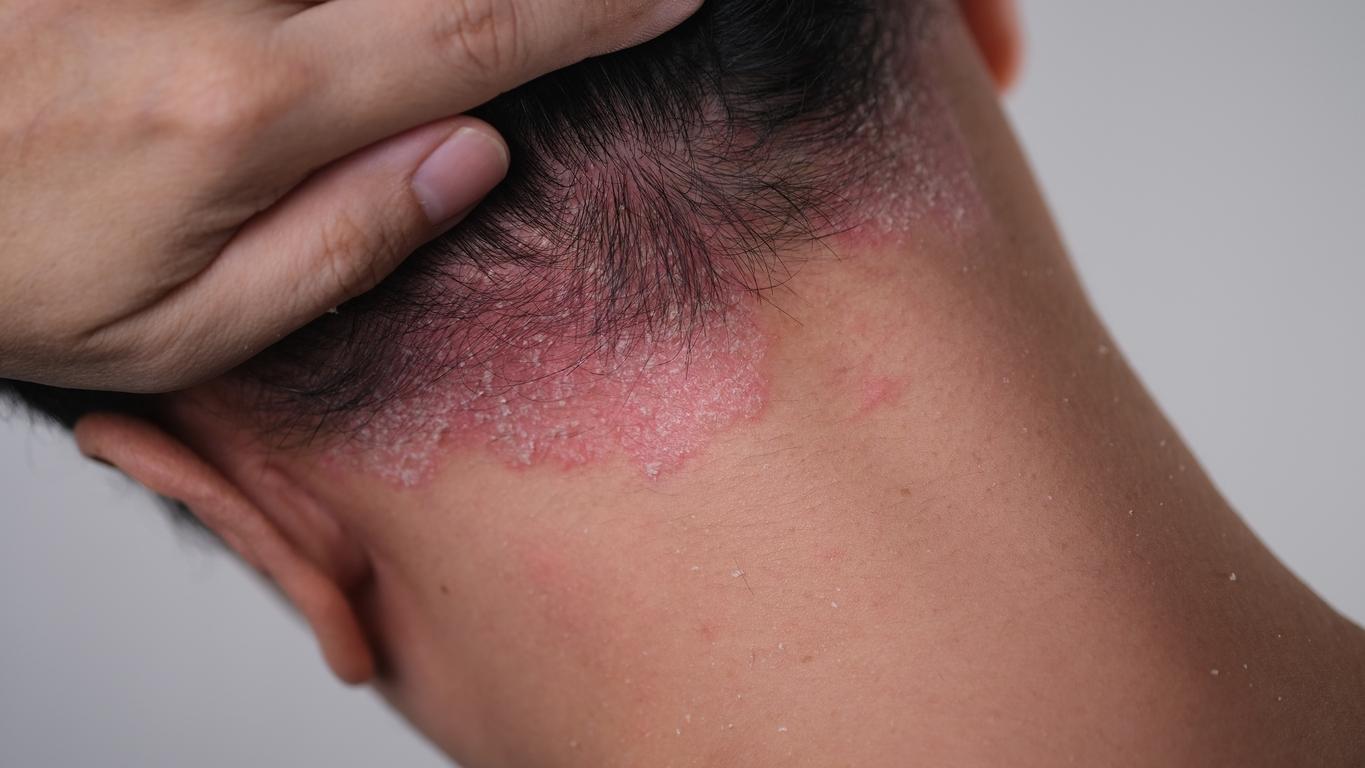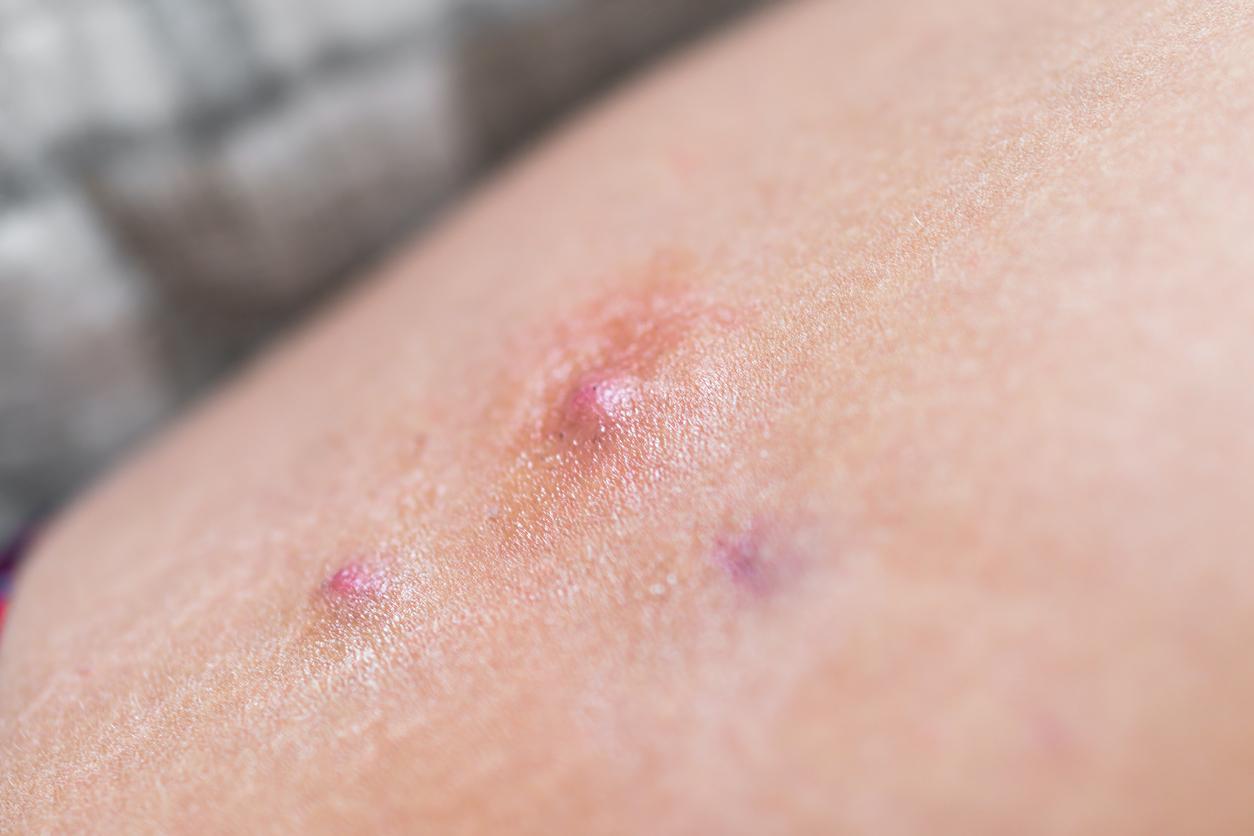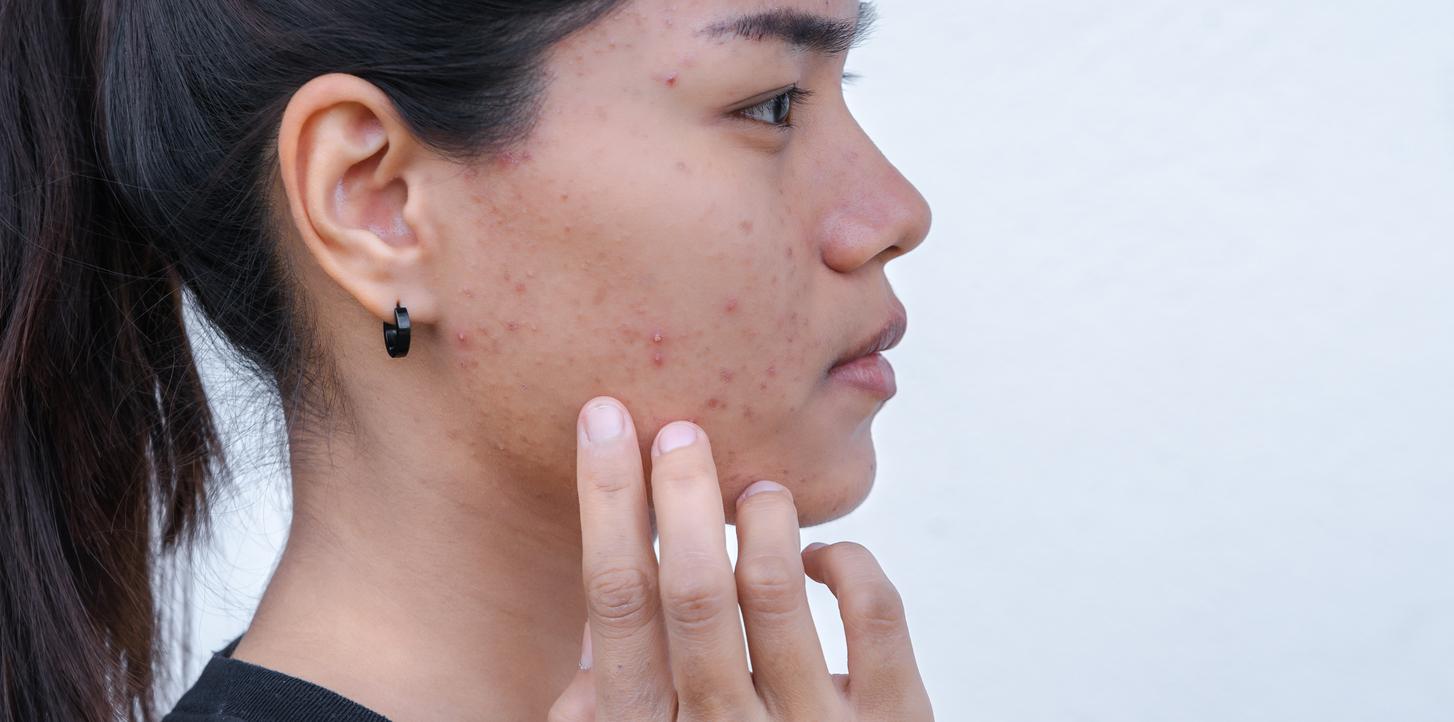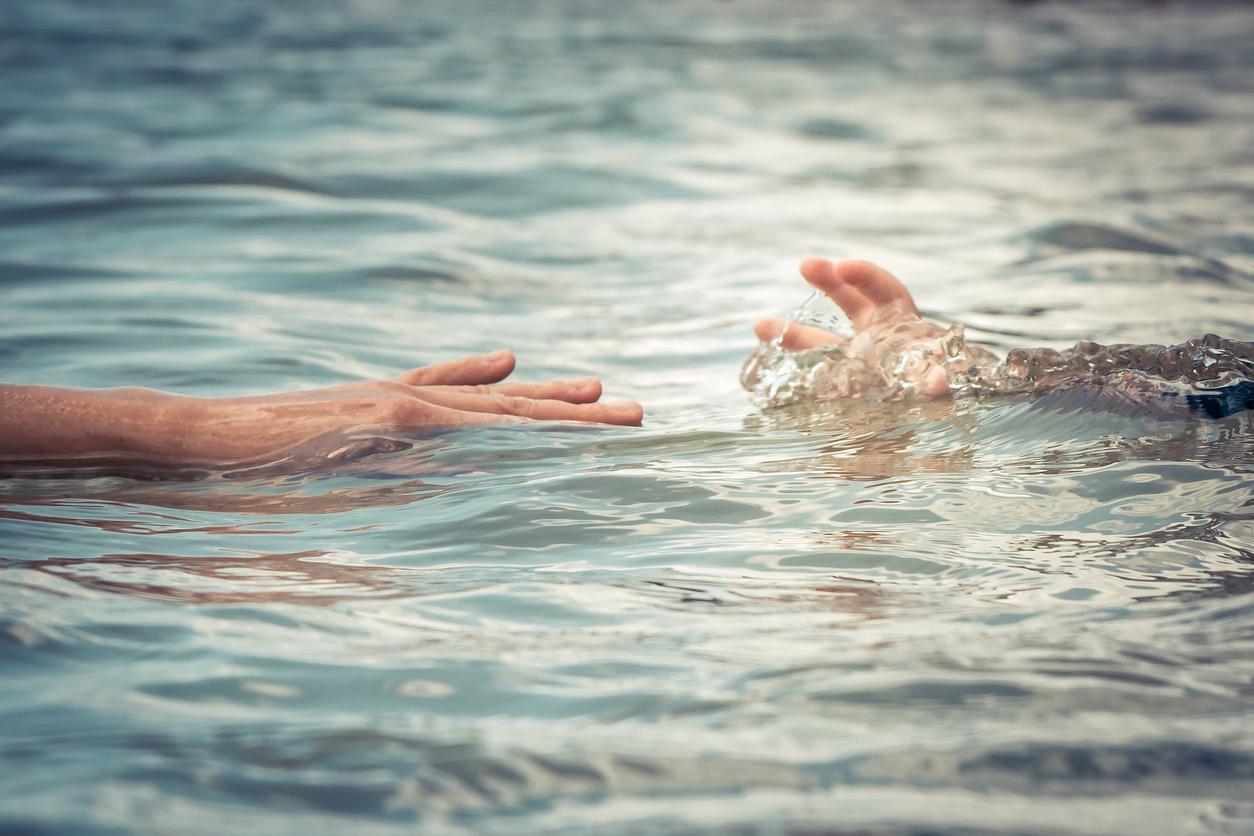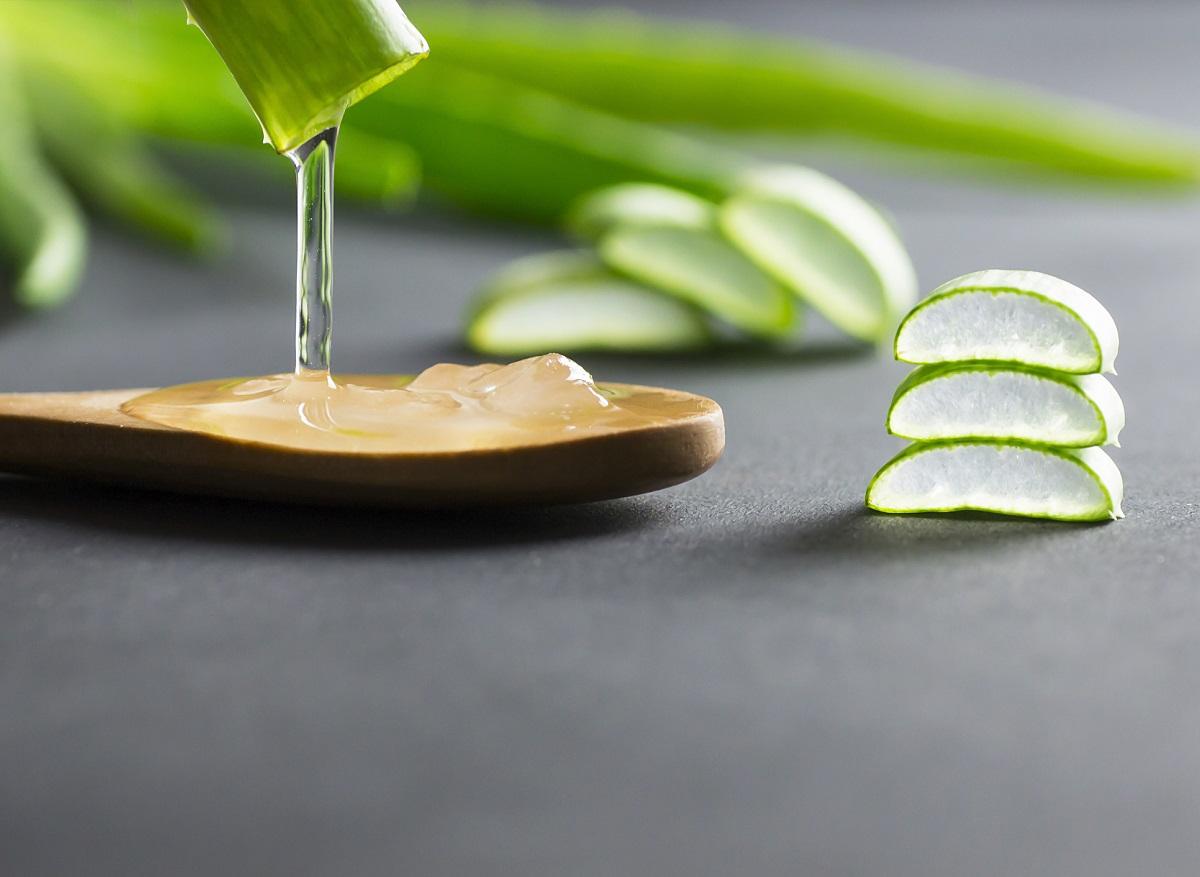Here’s how to choose the best sunscreen this summer, for your skin and the environment.

- According to an Omnibus YouGov study, carried out in 2017, 25% of French people do not wear sunscreen.
- The cream should be applied every hour to uncovered parts of the body, and after each swim.
- Babies and toddlers should not be exposed to direct sunlight.
Summer vacation is fast approaching. For those who leave, it’s time to get a sunscreen to be protected all summer. Faced with the large number of products available, the choice is not easy. But a few tips can help you find the most suitable cream.
UVA and UVB: the two dangers of the sun
First of all, the National union of dermatologists-venerologists recommends choosing a 50+ cream, which protects against UVA and UVB. The former represent 95% of solar radiation, they are painless but can accelerate skin aging, increase the risk of skin cancer or generate sun allergies. The second, UVB, represent 5% of UV and they are painful: they are responsible for sunburn.
Thirty filters allowed
To protect us from the rays, sunscreens contain filters. They can be organic or chemical. In this case, they act by absorbing UV radiation. Mineral filters reflect them: they are mainly zinc oxide and titanium dioxide. European regulations authorize around thirty filters, “assessed as safe for human health”. The goal is to ward off endocrine disruptors, which can interfere with our hormonal system. To be authorized for sale, sunscreens must meet the criteria of this regulation. Regardless of the combination of filters used, the Directorate General for Competition, Consumer Affairs and Fraud Prevention recalls that “dClaims such as ‘sunblock’ or ‘total protection’ should not be used. (…) No sunscreen product offers total protection against ultraviolet radiation.”
How to avoid polluting the oceans?
When bathing, the risk is that the product used goes into the water and contaminates the environment. To avoid this, the first reflex is to choose a water-resistant cream: this means that it has passed tests proving that the filters do not dissolve during bathing. However, there are other compounds that may have environmental consequences. The labels sometimes mention whether all the compounds are biodegradable. Otherwise, labels have been created to certify environmentally friendly solar products, such as Ocean Protect or Ocean Approved.
Cream, necessary but not sufficient
If it is respectful of the environment and your health, the cream is not a miracle solution to protect yourself. “Sunscreen is not intended to increase your exposure time”alert the SNDV. If tanned skin is a valued physical criterion, it is actually “a reaction of the skin to UV aggression”. This is “a capacity for self-defense, which the whitest skin types do not necessarily have”completes the union.
Too much exposure to the sun increases the risk of sunburn, but also of skin cancer. To protect yourself, the cream is not enough. The SNDV reminds you that you should not expose yourself between 11 a.m. and 4 p.m., and not trust the weather conditions: wind and clouds can reduce sunshine and the feeling of heat, but UV rays remain present and just as dangerous. “Clothing, preferably dark, is the best protection.”adds the SNDV.









